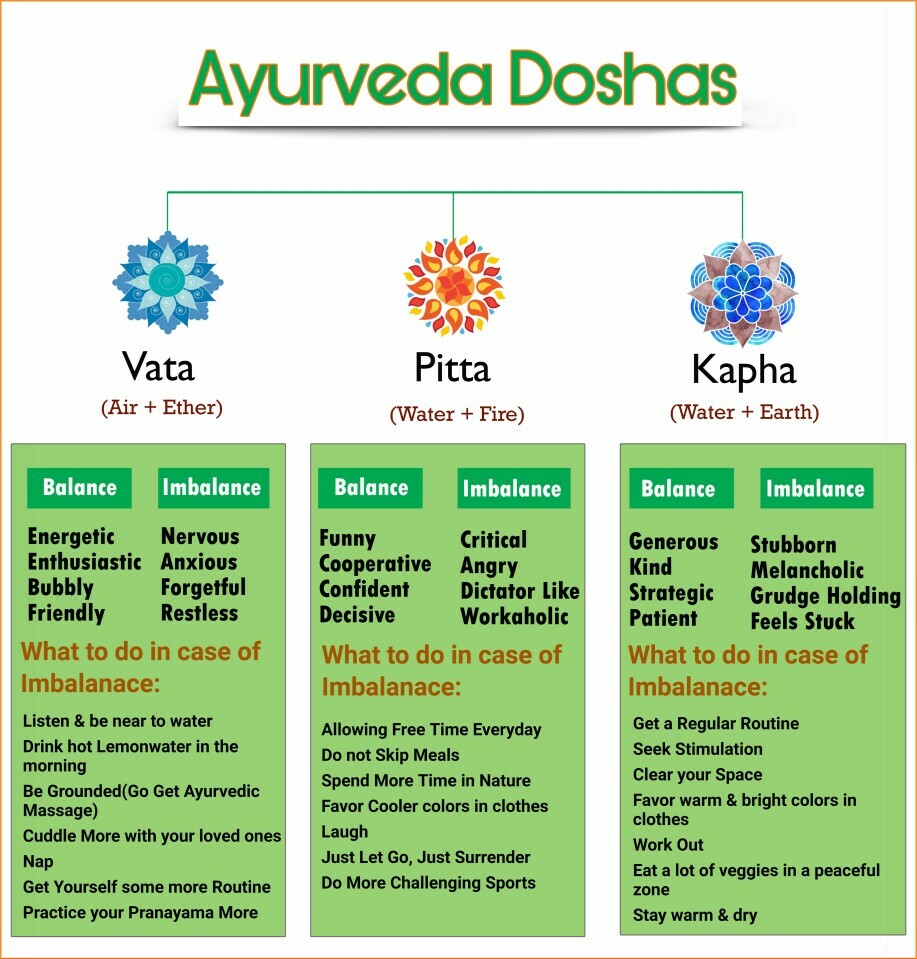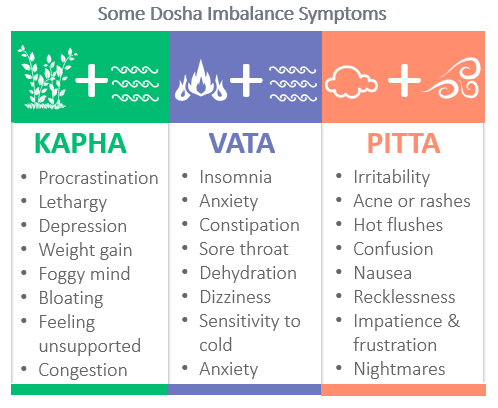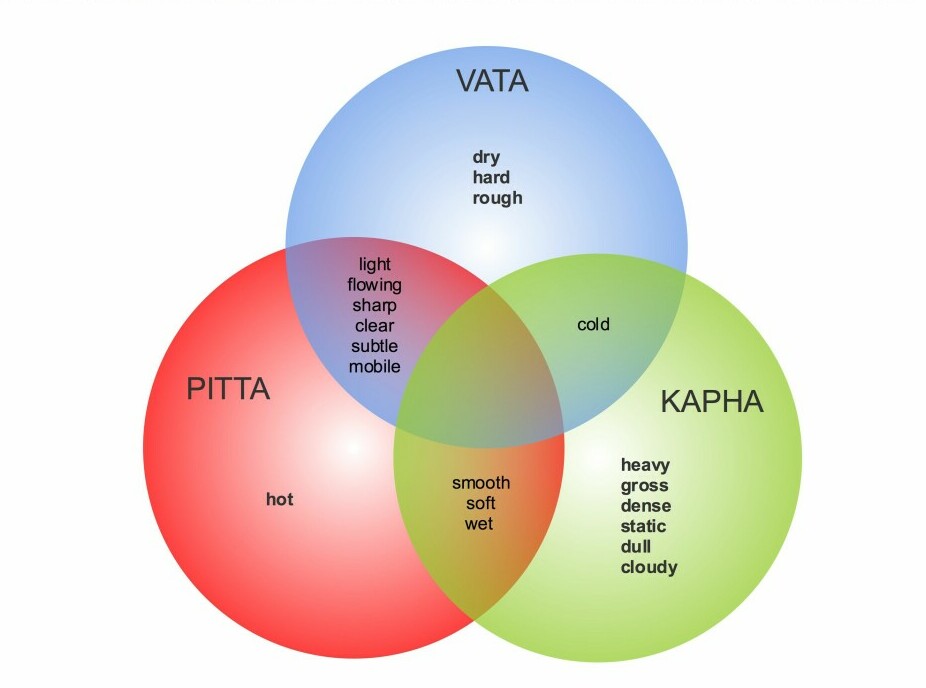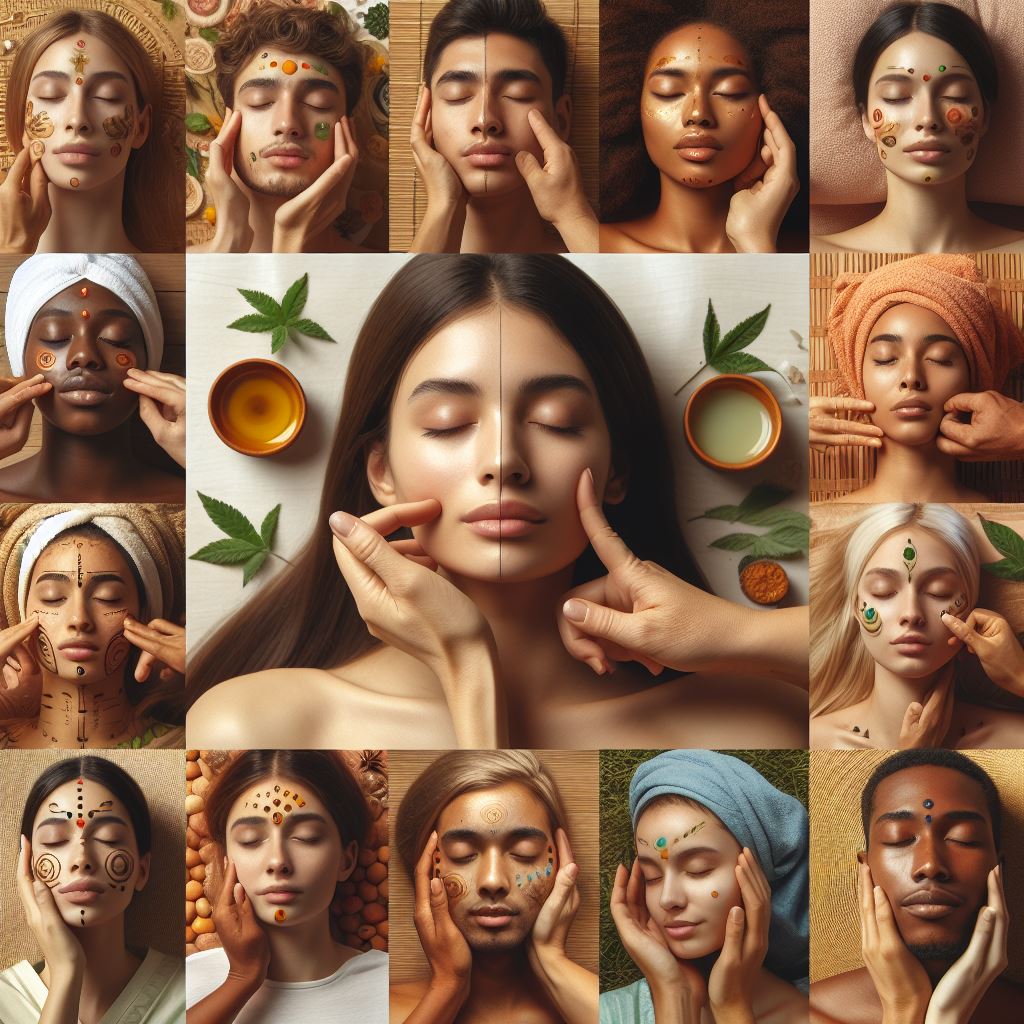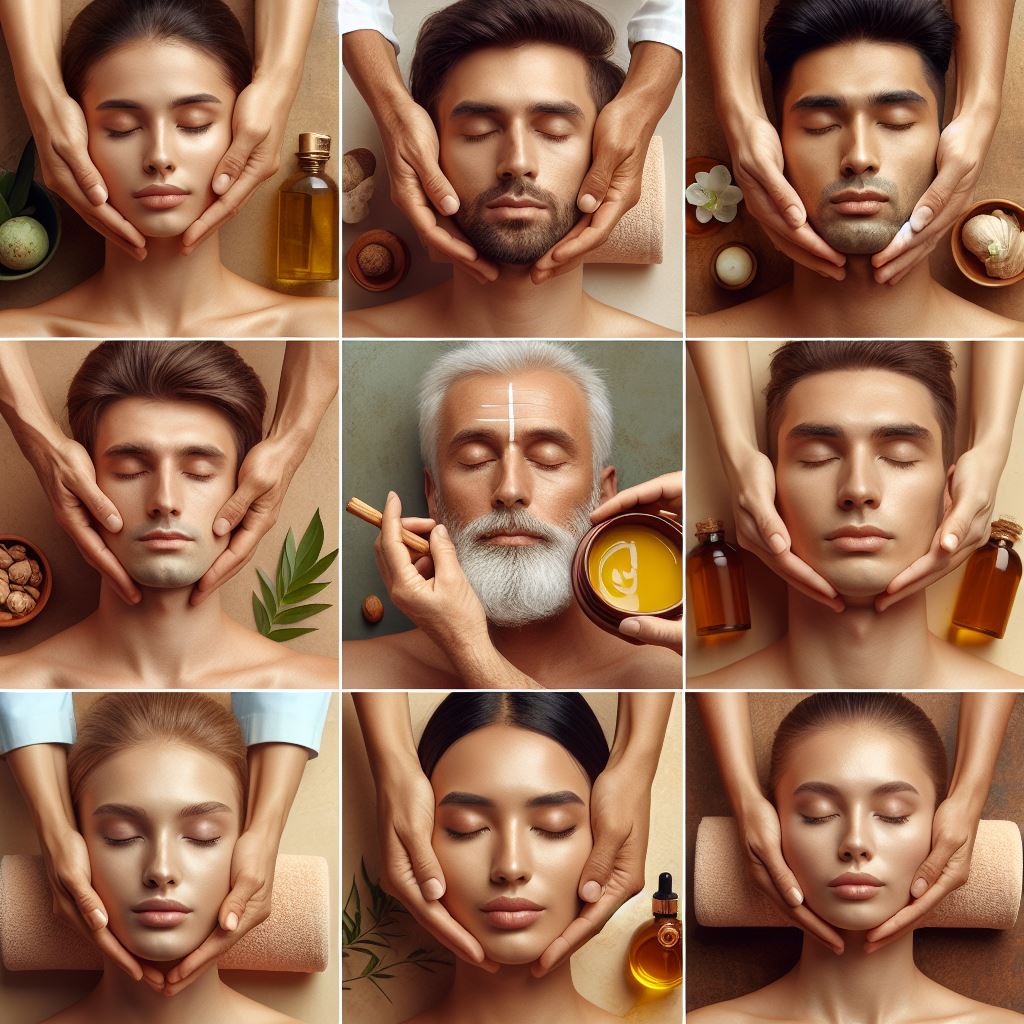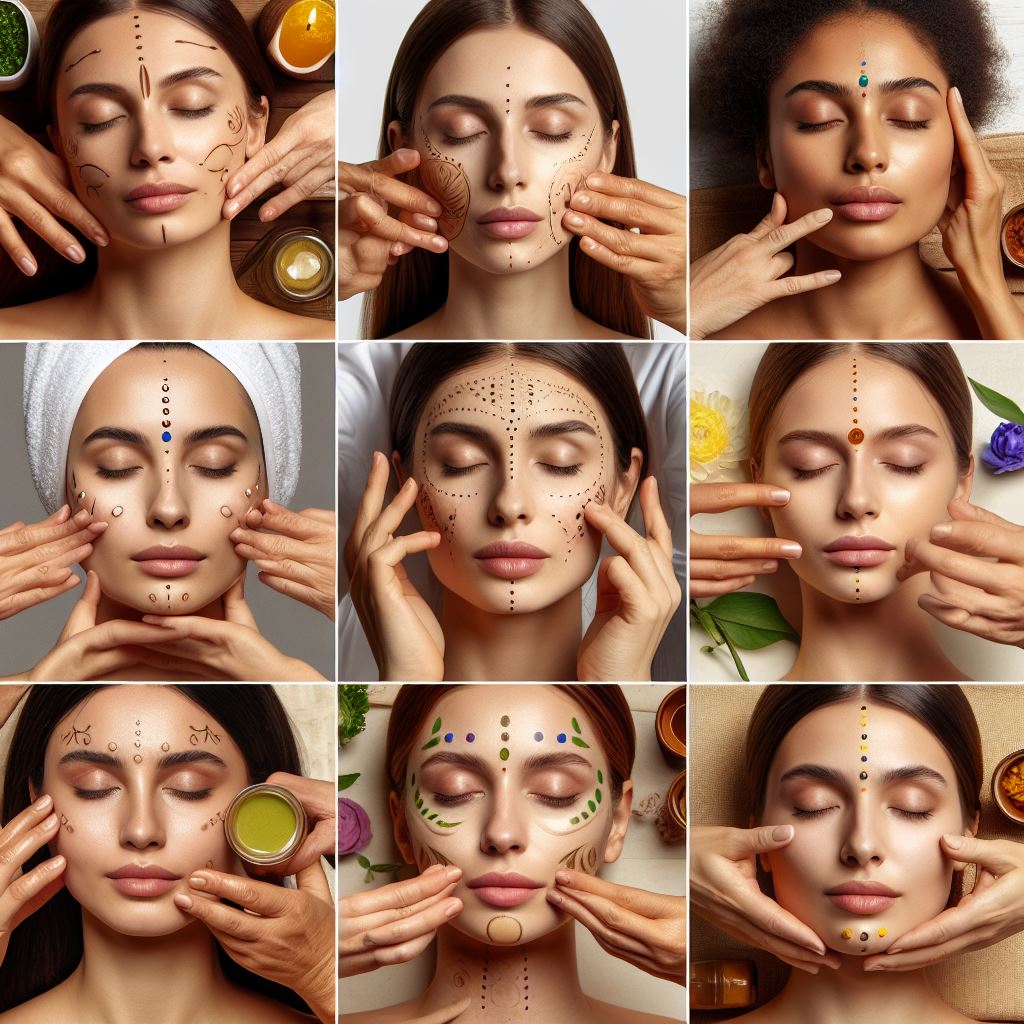Holistic Approach To Mind, Body, And Spirit
Taking a holistic approach to mind, body, and spirit involves nurturing our physical health through regular exercise, along with nourishing our bodies with organic foods and practicing self-care. Here’s a simple exercise routine that can help maintain our body’s health and vitality:
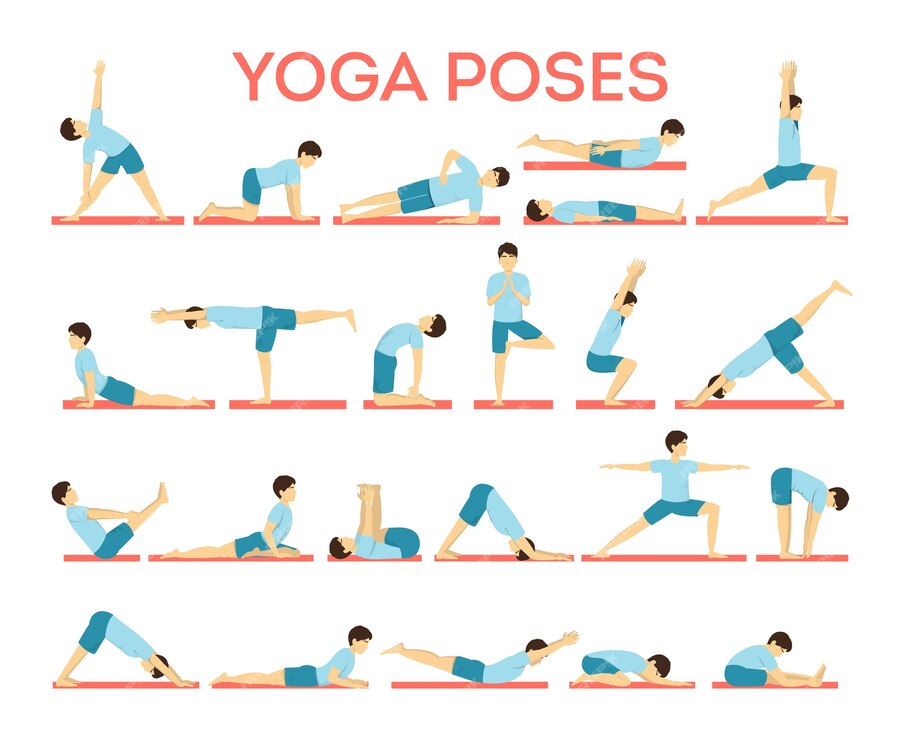
- Morning Stretching Routine: Start your day with a gentle stretching routine to awaken your muscles and improve flexibility. Spend 5-10 minutes stretching major muscle groups, including your arms, legs, back, and neck. Focus on deep breathing to oxygenate your body and invigorate your mind.
- Brisk Walking: Incorporate brisk walking into your daily routine as a low-impact cardiovascular exercise. Aim for at least 30 minutes of brisk walking most days of the week. Whether it’s a morning walk in nature or an evening stroll around your neighborhood, walking helps improve circulation, boost energy levels, and uplift mood.
UREVO Under Desk Treadmill, Walking Pad for Home/Office
- Strength Training: Include strength training exercises to build muscle mass, improve bone density, and increase metabolism. You can use resistance bands, dumbbells, or bodyweight exercises such as squats, lunges, push-ups, and planks. Start with 2-3 sessions per week, focusing on different muscle groups each time.
Sunny Health & Fitness Row-N-Ride Plus
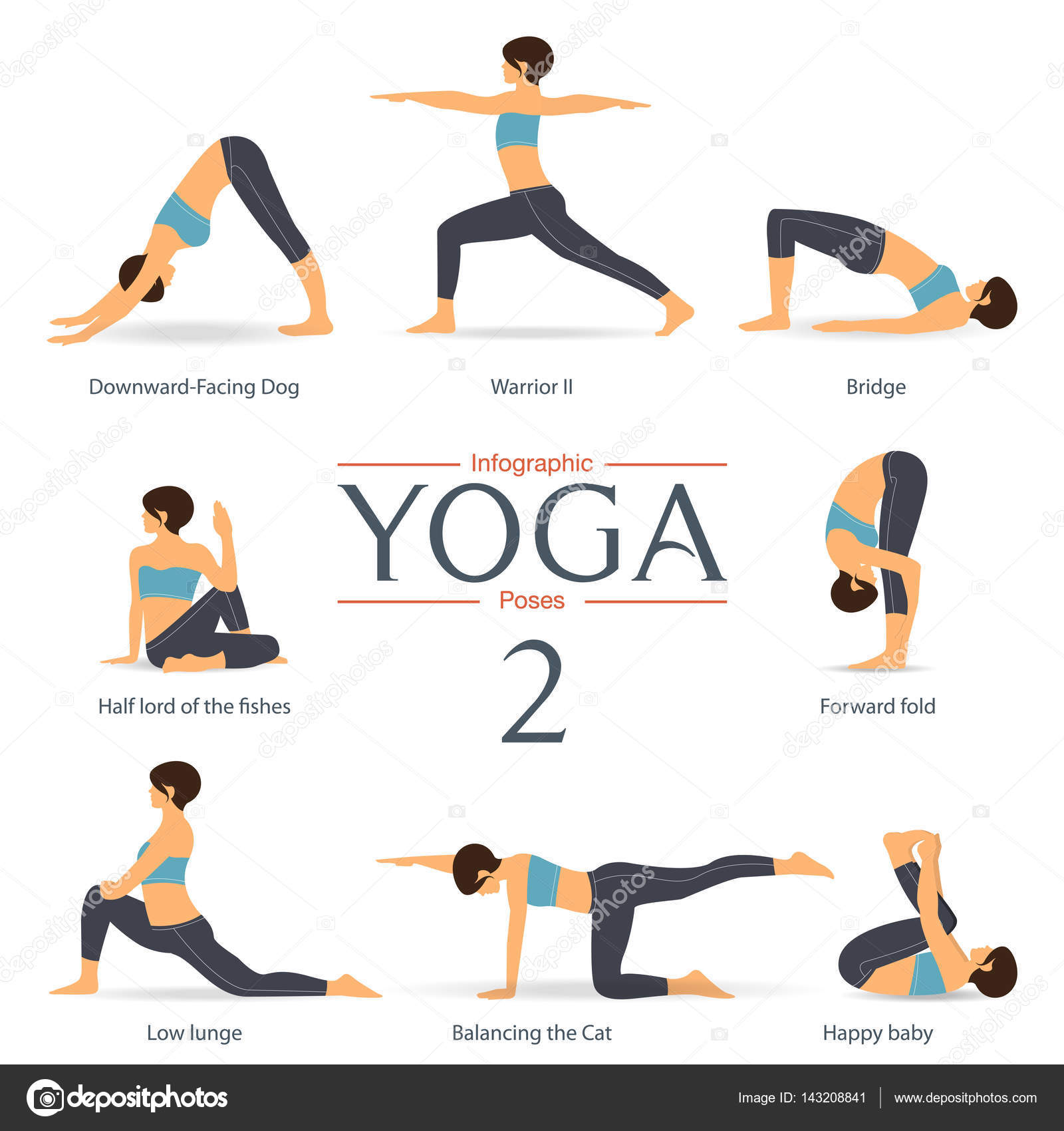
- Yoga or Pilates: Practice yoga or Pilates to improve flexibility, balance, and core strength while promoting relaxation and stress relief. These mind-body practices also enhance mindfulness and promote mental clarity. Aim for 2-3 sessions per week, either at home or in a class setting.
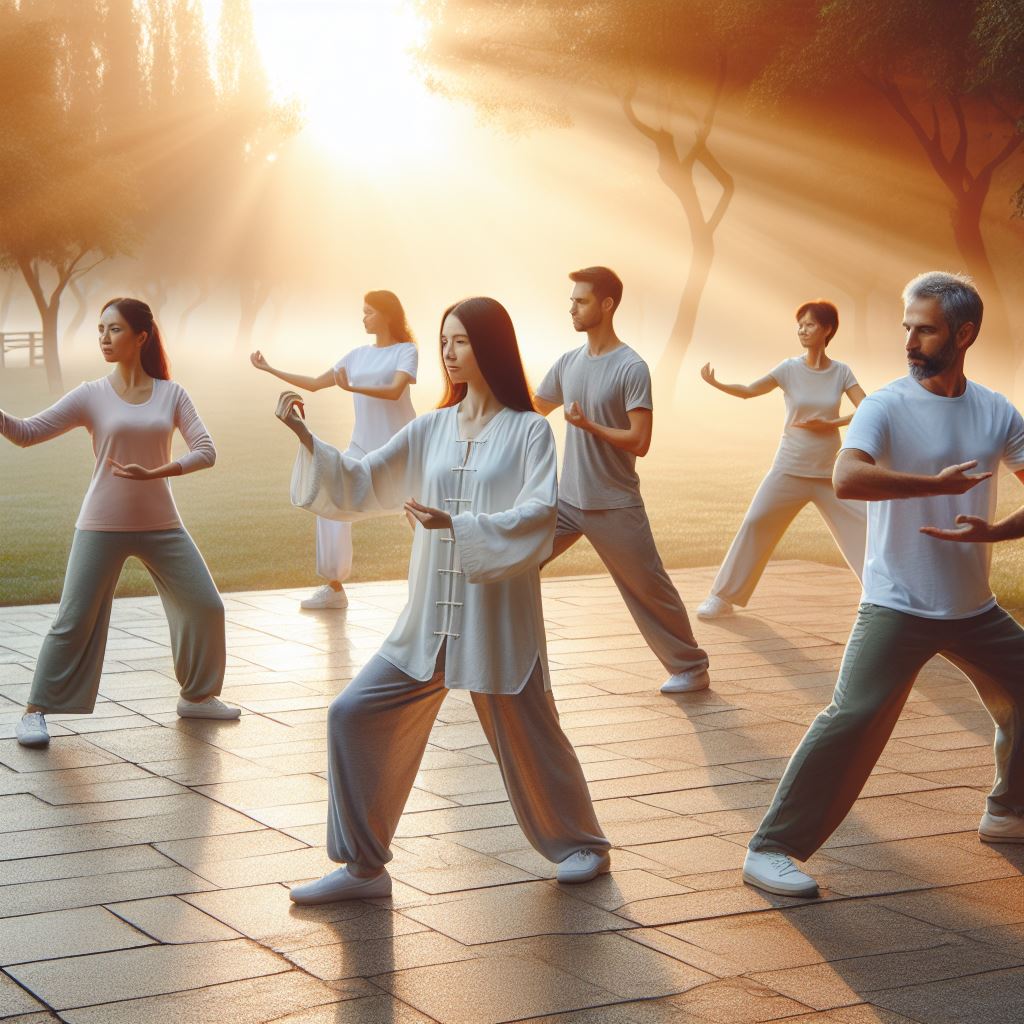
- Tai Chi or Qi Gong: Consider incorporating Tai Chi or Qi Gong into your routine for gentle movements that improve balance, coordination, and overall well-being. These ancient Chinese practices also cultivate mindfulness and inner peace. Attend classes or follow online tutorials to learn the movements and principles.
- Interval Training: Add high-intensity interval training (HIIT) to your exercise regimen for a quick and efficient way to burn calories, improve cardiovascular fitness, and boost metabolism. Alternate between periods of intense exercise and rest or low-intensity recovery. Start with 20-30 minutes, including warm-up and cool-down periods.
- Outdoor Activities: Engage in outdoor activities such as cycling, hiking, swimming, or gardening to enjoy the benefits of exercise while connecting with nature. Outdoor activities provide fresh air, sunlight, and vitamin D, which are essential for overall health and well-being.
Ayurvedic Meditation: Finding Inner Balance
In Ayurveda, meditation is seen as a way to align the body’s energies and foster inner peace. It encourages mindfulness and helps to reduce stress, which can greatly improve overall health, including skin and physical vitality.
-
- Morning Meditation: Start your day with 10-15 minutes of focused meditation. In Ayurveda, morning is considered an optimal time for calming the mind before the day’s distractions set in. A simple breathing meditation can balance your doshas (body energies) and enhance clarity.
- Mindful Breathing: One of the key Ayurvedic practices is Pranayama, or mindful breathing exercises. This helps oxygenate your body and energizes both the mind and spirit, complementing your morning stretches or before you head out for your brisk walk.
Conclusion:
Remember to listen to your body and choose activities that you enjoy and feel comfortable with. Stay hydrated, wear appropriate clothing and footwear, and consult with a healthcare professional before starting any new exercise program, especially if you have underlying health conditions. By incorporating regular exercise into your holistic lifestyle, you can support your body’s health and vitality while promoting overall well-being.
Discover the Power of Organic, Clean, and Natural Living
At organic-look we’re passionate about holistic well-being and helping you live your best life naturally. Explore our articles on organic, clean, and natural living, and take your journey to the next level with our exclusive well-being products. From T-shirts and mugs to drawstring bags, stickers, and more—each item is designed to inspire and support your healthy lifestyle.
Elevate your everyday life with products that reflect your commitment to wellness. Shop now and wear your well-being with pride!
Thank you for reading this far! I hope this article has provided valuable information on your journey to holistic health. Stay tuned for more updates, and feel free to leave your comments and questions below. Don’t forget to like, share with family and friends, and stay connected!

